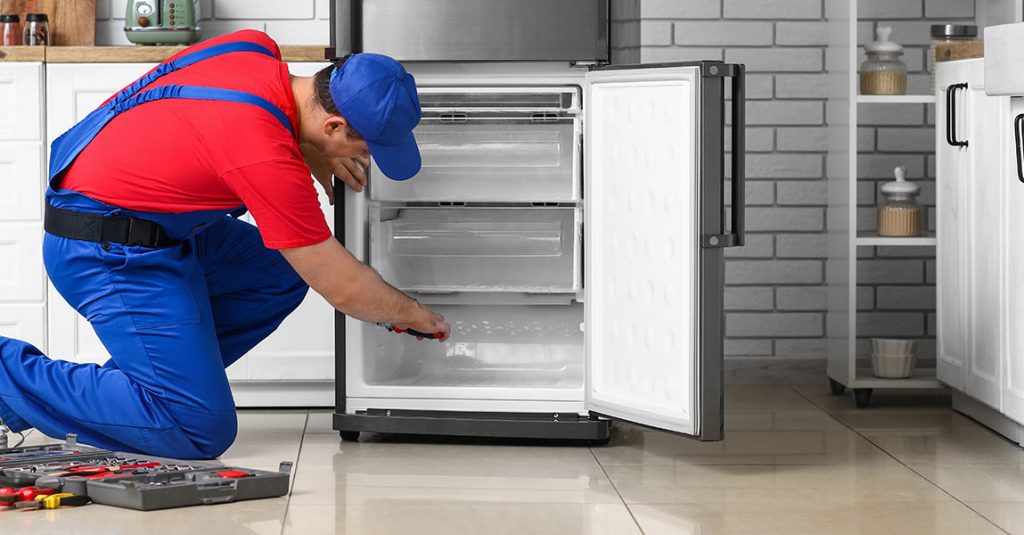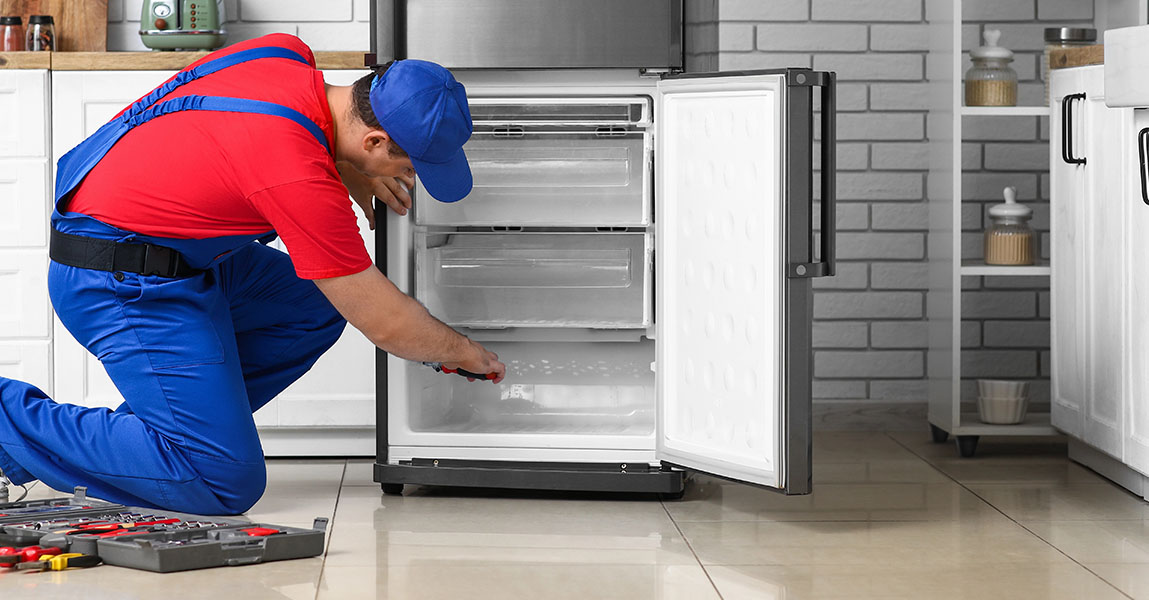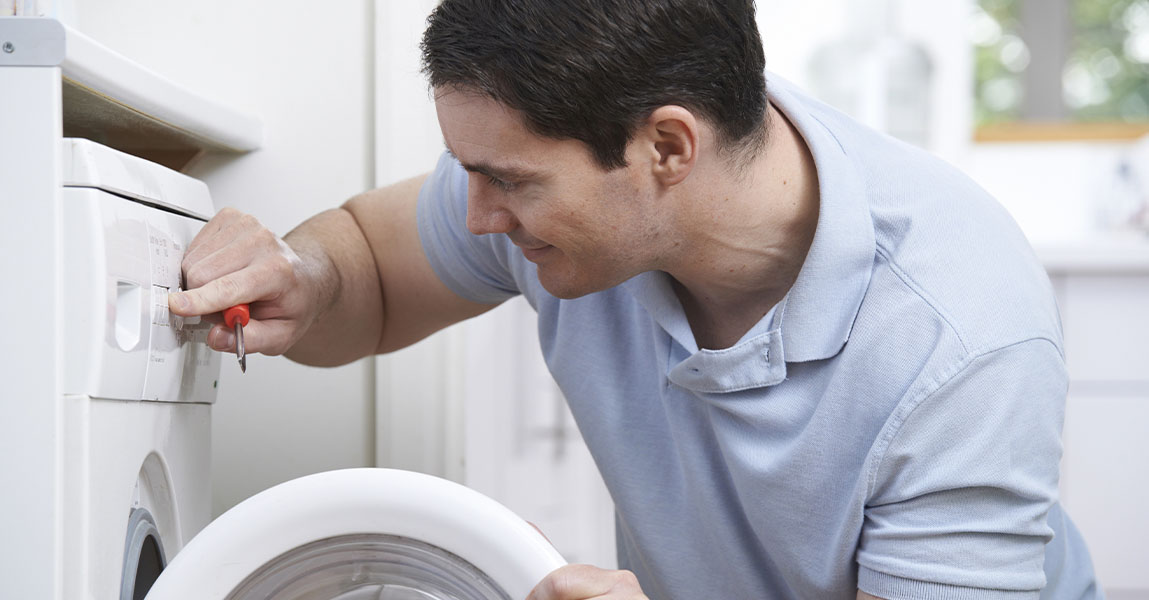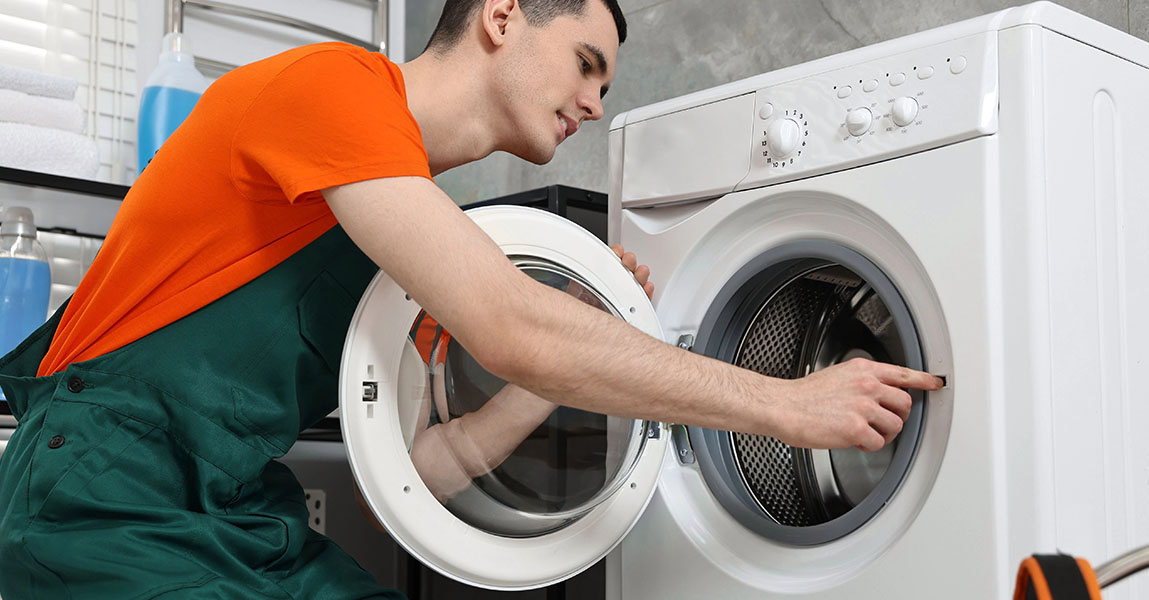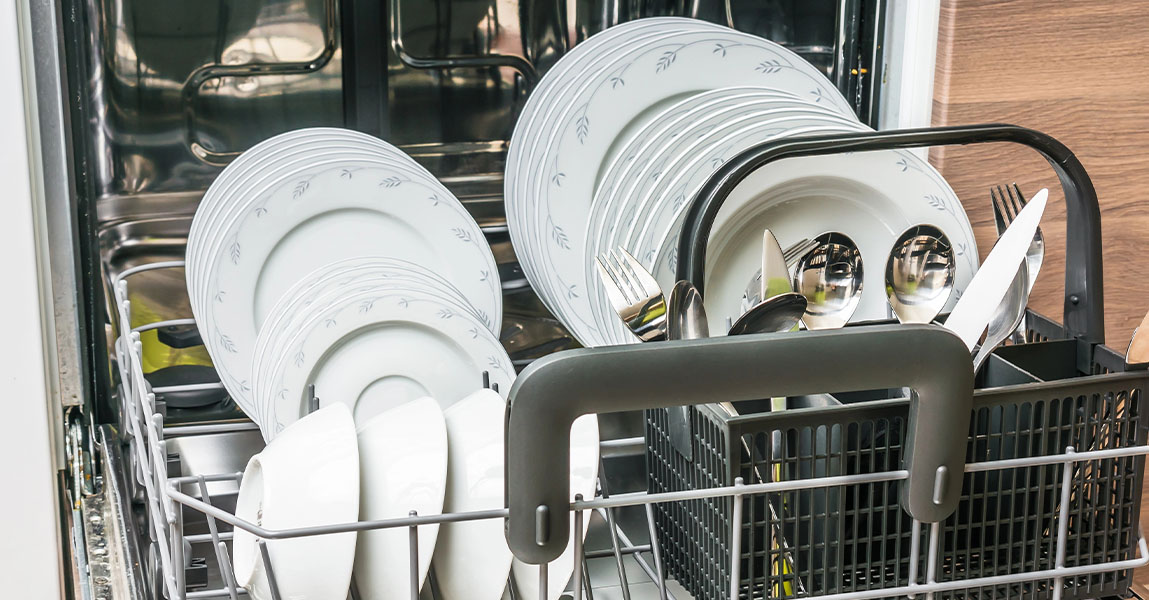A puddle under the fridge is never a good sign. It catches your eye when you walk by, and your mind immediately jumps to worst-case scenarios. Thankfully, a leaking refrigerator is a common issue with clear causes and practical solutions. Whether you’re dealing with a minor drip or a steady stream, this guide will help you take control of the situation and prevent further damage.
Check the Fridge’s Position First
Sometimes the solution is surprisingly simple. If your fridge isn’t level, water might not flow to the right place inside the drain pan. That can cause it to spill out and end up on your floor. The front of the fridge should be slightly higher than the back so that internal drainage works properly.
To clarify, leveling affects more than just function. It also reduces internal vibrations and keeps the doors aligned. Use a bubble level and adjust the feet if needed. This quick fix often solves the issue before you dig deeper into potential mechanical problems.
Clear Out the Defrost Drain
One of the most common reasons a fridge leaks is a clogged defrost drain. During regular defrost cycles, moisture melts off the evaporator coils and travels down a small drain tube to a pan underneath. If that drain is blocked by ice, food debris, or mold, water backs up and spills inside or out.
To address this, locate the drain hole at the back of the freezer compartment. Use warm water and a small turkey baster or squeeze bottle to flush it gently. In some cases, a soft pipe cleaner or flexible brush can help loosen any buildup. Do this carefully, as pushing too hard may damage the tubing.
If the clog returns frequently, it might be time to consider professional appliance repair services in Calgary. That way, you avoid repeated leaks and possible mold growth near the floor or wall.
Inspect the Drain Pan Underneath
While less likely to fail, the drain pan at the base of the fridge is still worth checking. Water from defrost cycles collects here and usually evaporates on its own with help from the condenser fan and warm compressor air. However, if the pan is cracked or displaced, water can leak before it has a chance to evaporate.
Firstly, unplug your fridge and gently pull it away from the wall. Look underneath or behind the lower grille. If you find the pan misaligned, reposition it carefully. If it is cracked, replacing it is usually affordable and straightforward.
Most importantly, always dry up any standing water right away. Leaving moisture sitting near electrical parts or under the fridge increases your risk of long-term damage.
Examine the Door Seals for Gaps
When a refrigerator door doesn’t seal tightly, warm air can enter the compartment and create excess condensation. That moisture sometimes collects along shelves or under crispers and drips down unnoticed. Over time, it may pool at the base or even reach the floor.
To test the seal, close the door on a piece of paper and try pulling it out. If it slides out easily or the gasket looks brittle or cracked, there’s likely a problem. In other words, a compromised door seal lets moisture in and cold out, reducing energy efficiency and causing leaks.
Wipe the gasket with a cloth soaked in warm soapy water to remove grime. If the seal still doesn’t sit flush, replacement might be necessary. Thankfully, many models allow gasket swaps without removing the entire door.
Look for Issues with the Water Line
If your fridge includes a water dispenser or ice maker, leaks might be tied to the supply line. A loose connection or damaged hose can lead to a slow drip or full-blown leak. This typically happens at the back of the unit where the line connects to the valve.
Shut off the water supply and inspect the tubing for cracks, wear, or improper attachment. You may notice corrosion on the connector or mineral buildup. That is to say, water damage often starts small but becomes noticeable only once flooring is affected.
If the tubing looks worn out or feels brittle, replace it with new food-grade refrigerator water line tubing. It’s inexpensive and can prevent extensive cleanup down the line. If the leak is coming from inside the appliance, though, it’s best to get help from experts in appliance repair services in Calgary.
Assess the Ice Maker for Blockages
In models with built-in ice makers, blocked fill tubes or jammed components can cause water to overflow. Ice can sometimes back up the fill cup, especially if cubes stick together or freeze in place. As a result, excess water may spill into the freezer or leak down into the fridge section.
To prevent this, regularly empty and clean the ice bin. Check for clumps or frost buildup in the ice chute or dispenser. If the fill arm isn’t working correctly, or you hear odd clicking or buzzing noises during operation, unplug the unit and inspect further.
Sometimes the issue involves a faulty inlet valve or stuck solenoid. That is not something most people can safely fix without the right tools and experience. If the ice maker seems to be the culprit and basic cleaning doesn’t help, a visit to Calgary refrigerator repair services may be the most effective route.
Check Humidity Settings and Crisper Drawers
Your fridge’s humidity settings matter more than you might think. High-humidity drawers are designed to trap moisture to keep produce fresh. However, if these drawers are too full or not sealing properly, condensation may build up underneath and leak out.
Make sure your crisper drawers are properly aligned. Adjust the humidity sliders to match the produce you’re storing. For instance, lettuce and leafy greens do better in high humidity, while fruits fare better with lower humidity settings. That prevents over-saturation and unwanted drips.
Furthermore, check for any packaging or bags that may be pressed against the back wall. These can interfere with airflow and increase frost or water buildup near the vents.
Consider Ambient Temperature and Usage
Surprisingly, environmental conditions play a role in leaks too. During warm or humid seasons, your fridge works harder to maintain internal temperatures. Opening the doors frequently or leaving them ajar can add to internal condensation.
To minimize this, avoid overloading the fridge, especially near the vents and evaporator. This helps air circulate properly. Also, try not to leave the door open for long periods when putting away groceries or searching for items.
Additionally, check that the condenser coils are clean and the fan is working well. Poor airflow around these components can cause the appliance to overheat slightly and behave unpredictably.
Know When It’s Time to Get Help
While small leaks can often be fixed with simple tools and a little effort, there are times when calling for professional help is the best move. Persistent leaks, repeated drain clogs, or issues involving internal components should not be left unresolved. Water near electrical systems can lead to bigger and more dangerous problems.
That’s why many homeowners eventually turn to appliance repair services in Calgary for a thorough diagnosis. If the issue returns after DIY efforts or you notice odd smells, discoloration, or warm fridge temperatures, the problem might be more complex than it appears.
Addressing the cause early avoids warped flooring, mold, and food spoilage. It also helps ensure your fridge operates at full efficiency, saving money on energy over time.
FAQ
Why is there water under my fridge but inside looks dry?
This often points to a blocked defrost drain or a crack in the drain pan underneath. The inside may look fine because the leak occurs during the defrost cycle and exits through the bottom.
What should I do first when I see a fridge leak?
Start by unplugging the fridge and checking the defrost drain. Then inspect the base pan and water supply line. Dry any water on the floor right away to avoid long-term damage.
How can I tell if my fridge is level?
Use a bubble level on top of the fridge. Ideally, the front should be slightly higher than the back to let water drain correctly during the defrost cycle.
Is it safe to keep using the fridge while it’s leaking?
It depends on the cause. A minor clog may not pose a risk, but electrical parts near moisture can be dangerous. Unplug and inspect or call for help if you’re unsure.
Can a leaking fridge cause mold?
Yes, especially if water pools under the appliance or seeps into flooring. Moist environments behind or under fridges are perfect places for mold to grow undetected.

